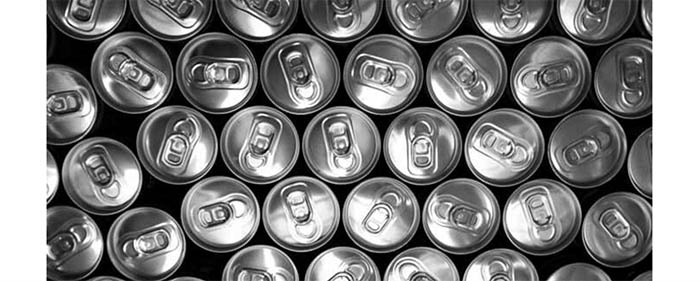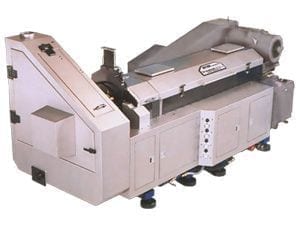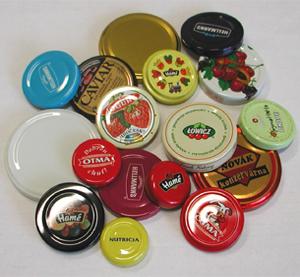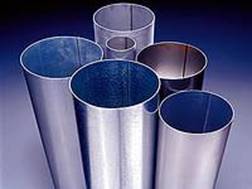Introduction
In the can manufacturing industry, producing high-quality cans is essential for ensuring the safety and integrity of the products they contain. One common defect that can occur during the can-making process is known as neck pleats. This article will provide an in-depth look at neck pleats, their causes, and potential solutions to minimize their occurrence.
What are Neck Pleats?
Neck pleats are a type of can defect that occurs during the necking-in process, where the diameter of the can’s upper section is reduced to accommodate a smaller end. This defect manifests as wrinkles or folds in the neck area of the can, which can compromise the can’s structural integrity and potentially lead to leakage or contamination of the product inside.
Causes of Neck Pleats
Based on the information provided in the knowledge base, the specific causes of neck pleats are not explicitly mentioned. However, it is likely that neck pleats occur due to issues in the necking-in process, such as:
- Improper alignment of the can and the necking-in tool: If the can is not correctly positioned on the lifter or aligned with the outer tool, the necking-in process may not be uniform, leading to the formation of pleats.
- Inadequate lubrication: Insufficient lubrication between the can and the necking-in tool may cause friction and resistance, resulting in the formation of pleats.
- Tool wear or damage: Over time, the necking-in tools can wear out or become damaged, leading to uneven pressure and the formation of pleats.
- Inconsistent material thickness: Variations in the thickness of the can material may cause uneven necking-in, leading to pleats.
Solutions to Minimize Neck Pleats
To minimize the occurrence of neck pleats, it is essential to ensure that the necking-in process is carried out accurately and consistently. Some potential solutions include:
- Regular inspection and maintenance of necking-in tools: Routinely checking the condition of the tools and replacing them as needed can help maintain uniform pressure during the necking-in process.
- Proper alignment and positioning of cans: Ensuring that cans are correctly positioned on the lifter and aligned with the outer tool can help prevent pleats.
- Adequate lubrication: Applying sufficient lubrication between the can and the necking-in tool can reduce friction and resistance, minimizing the formation of pleats.
- Monitoring material thickness: Ensuring consistent material thickness throughout the can production process can help prevent uneven necking-in and pleat formation.
Conclusion
Neck pleats are a common can defect that can compromise the structural integrity and safety of canned products. By understanding the potential causes of neck pleats and implementing solutions to minimize their occurrence, manufacturers can improve the quality of their cans and better protect the products they contain.















Looking for a solution to neck pleats.
Looking for a solution to neck pleats problem.